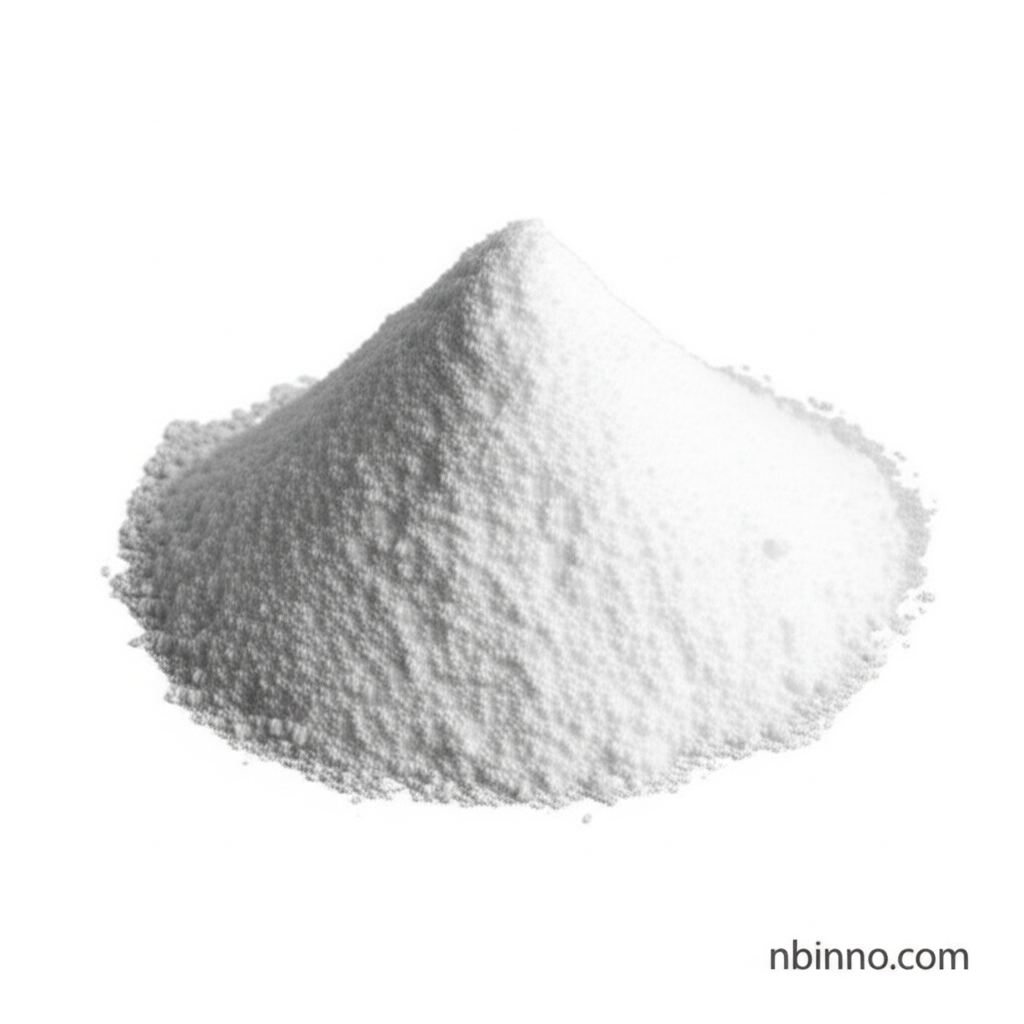Unlock the Potential of Hydroxyapatite
Discover the science behind this vital biomaterial and its revolutionary applications in bone regeneration and advanced dental care.
Get a Quote & SampleProduct Core Value

Hydroxyapatite
Hydroxyapatite (HAP) is a naturally occurring mineral and a fundamental component of bone and teeth, playing a critical role in their structure and integrity. This article explores its synthesis, biological significance, and its expanding applications in dentistry and regenerative medicine. We delve into how modifications through ion substitution and thermal treatments enhance its biomaterial properties.
- Explore the benefits of hydroxyapatite toothpaste for remineralizing tooth enamel and combating dental hypersensitivity.
- Learn about hydroxyapatite for bone regeneration, including its use in bone graft materials and orthopedic implants.
- Understand the ion substituted hydroxyapatite properties that lead to improved bioactivity and cellular response.
- Discover the impact of calcination effects on hydroxyapatite in enhancing its physicochemical and biological characteristics for advanced applications.
Key Advantages
Biocompatibility & Osteoconductivity
Hydroxyapatite is highly biocompatible, meaning it is well-tolerated by the body, and osteoconductive, actively promoting new bone tissue formation.
Enhanced Bioactivity
Through techniques like ion substitution (e.g., with Mg2+, Sr2+, Zn2+), the bioactivity of hydroxyapatite can be significantly improved, leading to better cellular responses.
Tailored Material Properties
Calcination and specific ion doping allow for fine-tuning the material's properties, such as surface area and ion release, making it suitable for diverse applications.
Key Applications
Dental Care
Used in toothpaste for enamel remineralization, dentin hypersensitivity reduction, and cavity prevention, offering a natural alternative to fluoride.
Bone Tissue Engineering
Serves as a scaffold material and coating for implants, facilitating bone regeneration by supporting osteoblast activity and cell proliferation.
Biomaterial Coatings
Applied as coatings on medical implants to improve their integration with bone tissue and enhance overall performance and longevity.
Research & Development
Essential in biochemical research, exploring new frontiers in biomaterials and regenerative medicine for various therapeutic interventions.
